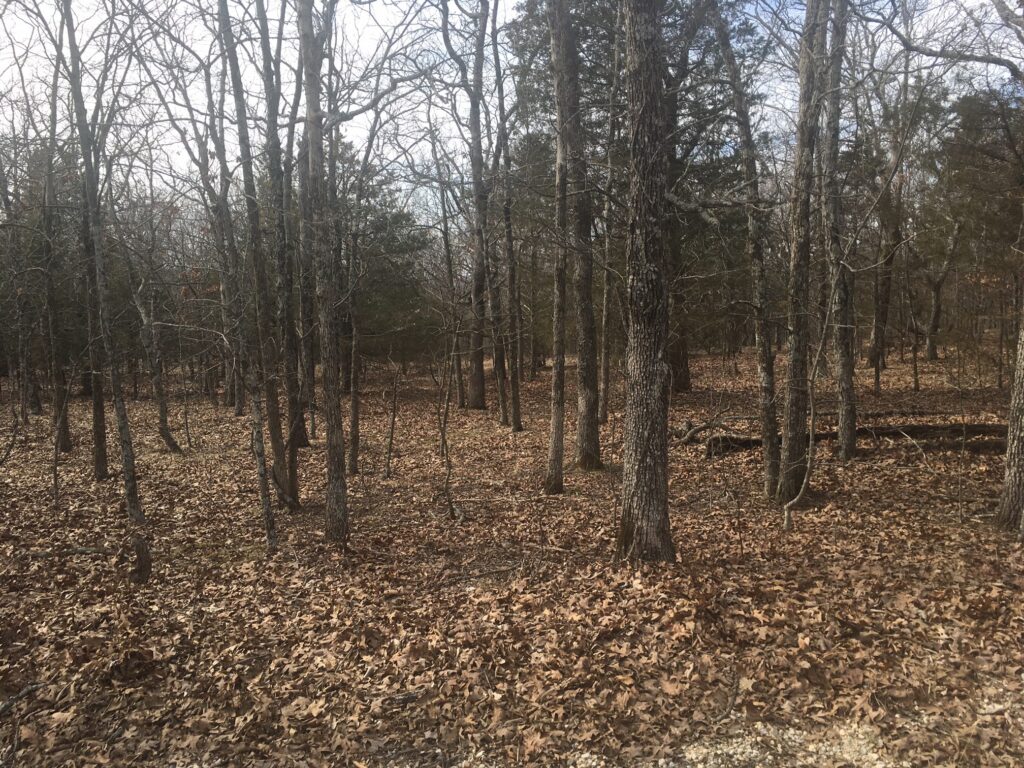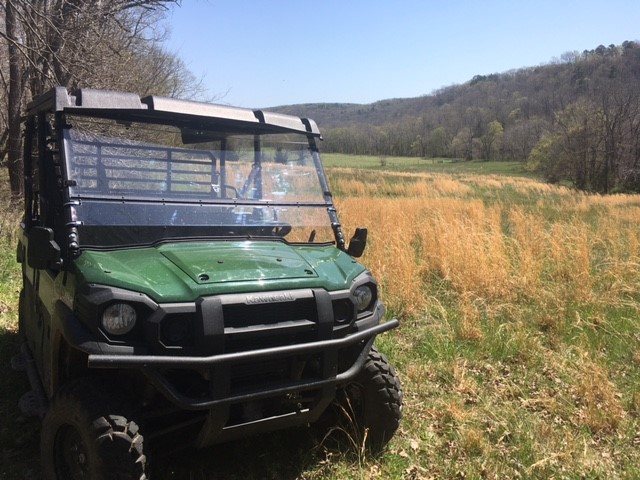The itch to own your own piece of paradise is strong. Perhaps you’ve dreamed of it for years, planned and saved for it in recent months or years, and now your mind is made up … you’re ready to own that hunting or recreation property.
As stated in the first part of this story, found here
, there are four basic ways to find land. But the easiest and most effective is to employ the services of a licensed real estate agent. He, or she, will have the search tools, know what questions to ask of owners of potential properties, and can safely and legally navigate you through the looking, offer, title work and closing processes.
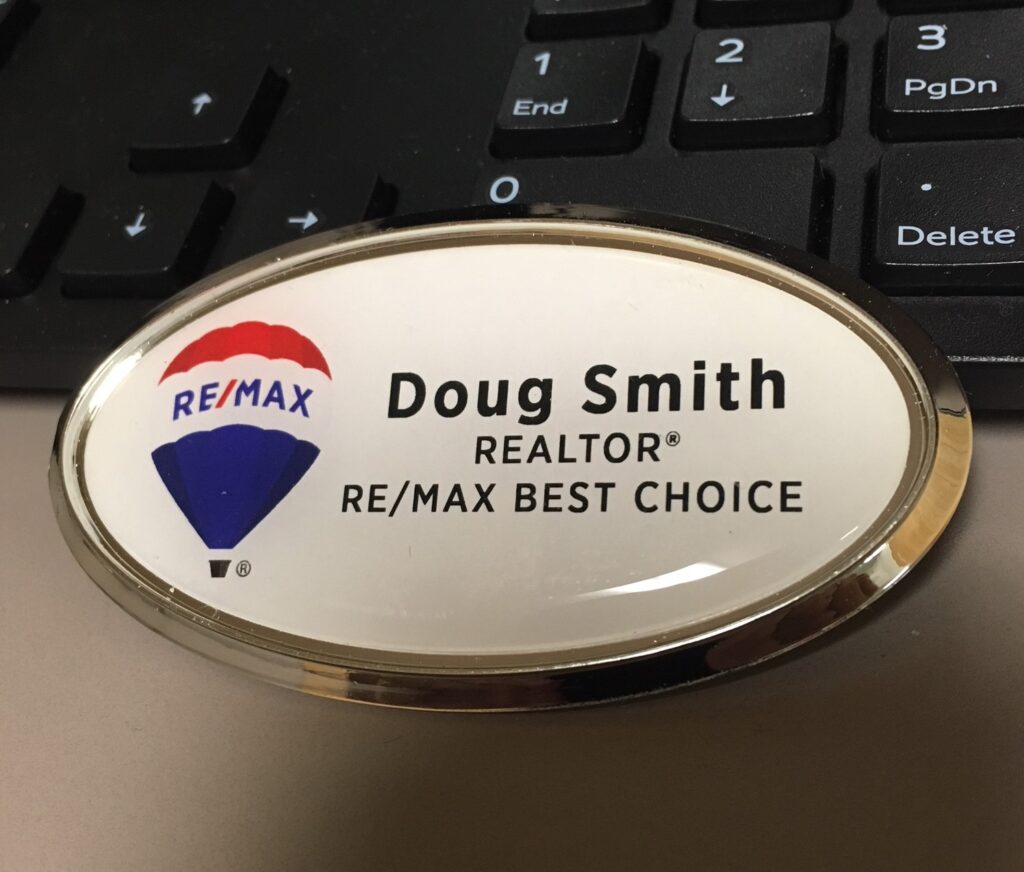
When deciding on an agent, you need to ask around and do a little research. If you don’t already have a realtor you trust in the family or as a friend, rest assured that every friend or relative you have will likely know a realtor. That doesn’t always mean their realtor can provide the services you need to find that ideal rural property.
Ask these questions and be prepared to do a little Internet searching or get a second opinion before just taking the answers at face value.
Does the agent sell a lot of rural properties? (An agent who focuses on city homes or suburban developments may not be a good fit for what you’re going to ask of him or her.)
How much property does the agent typically sell in a year? (These days if an agent doesn’t sell at least $1 million a year in property they’re likely not very motivated. You want to know your agent will hustle and work for you.)
Is the agent familiar with the area where you’re hoping to buy property? (They need to not only know their way around while looking at potential properties, but should have some knowledge of the quality of life concerns – what’s going on with neighboring properties, emergency services available, the school district if you have school-aged children, the job market if you’re going to need employment, shopping and dining, is there zoning to be concerned about, are permits required for building a structure or installing a sewer system. These are questions that the agent you used to buy your home in the suburb of the city likely can’t answer about a farm or wooded land an hour or more away.)
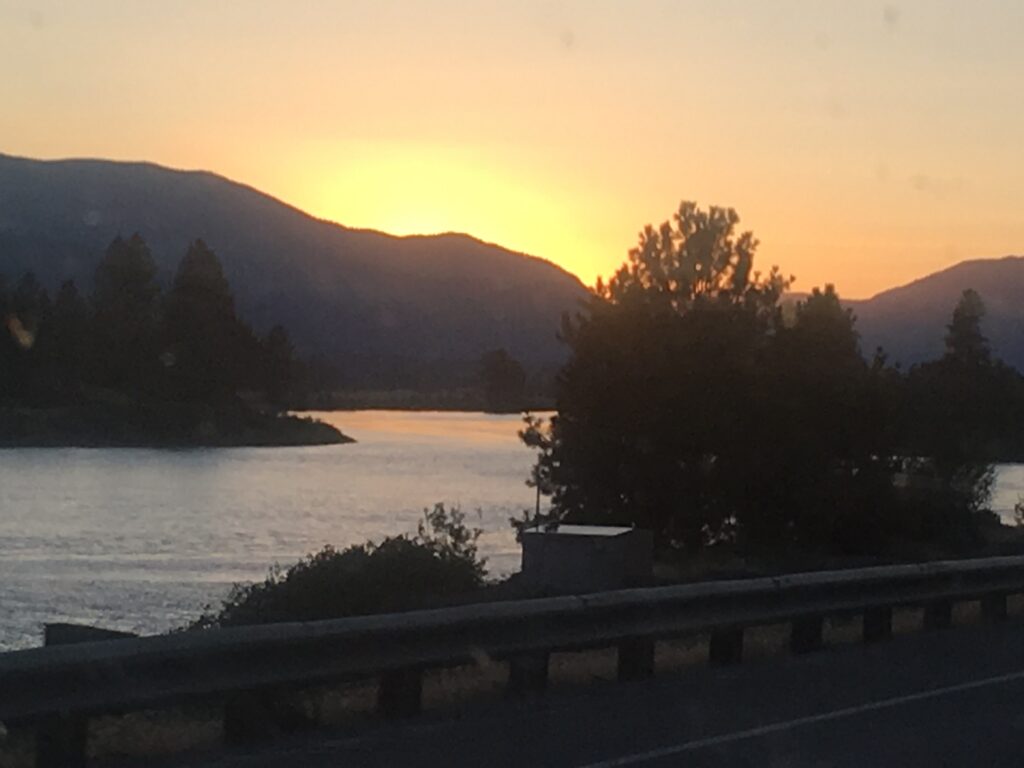
Does the agent have access to the Multi-Listing System, or MLS, that covers the area where you will be looking for land? (Most do have access, but there are a few who may not.)
Note – A buyer’s agent who typically works through a MLS system can also search, find and show, and make offers on properties which are not listed, or properties listed on For Sale By Owner websites and social media buying and selling sites. If such a property is found, the agent would simply contact the owner and let them know they have a qualified buyer who would like to see the property, and negotiate a potential commission if the buyers ends up buying the property. Most FSBO sellers will be glad to work with an agent if it means the sale of their property.
During one of the first contacts, and before any specific information is exchanged the buyer’s agent will discuss the buyer’s agency agreement. As mentioned in part one of this series, this document allows the agent to legally assist the buyer in the locating, viewing, and contracting to buy property. This agreement will usually be for six months, but can be written for a shorter or longer time span.
LET THE LOOKING BEGIN
Perhaps you’ve already targeted a possible property and now it’s time to take a look. If you’re opting to use the listing agent to serve as your buyer’s agent as well, then he or she will already be familiar with the land. If not, you’ll need to provide the agent with a parcel number, or listing number, found on Zillow or other search sites where you found the land listing, or give the agent the physical address shown for the property.
NOTE – Understand that not all addresses listed with properties are actual “postal” addresses that are searchable in Google Maps or other map programs. Maybe you typed the address into your map program and it took you nowhere, or perhaps somewhere far from where you’re looking for land. If a property has never been occupied by someone receiving mail there, it’s likely it doesn’t have a postal address.
This is true especially if the property you’re buying is being separated off a large tract being divided. In that case the listing agent has to give the property an address in the MLS database to input the listing. Oftentimes the address might be something like “2 Simms Road,” and the next piece being listed will be “3 Simms Road” and so on. That address is only a place name in the MLS listing and used initially by the title company or lender to identify the parcel until a survey can be done to give the property it’s own unique legal description.
That’s brings up another important thing to understand. Any property which has not been surveyed previously, or is being divided off a larger piece of property, must have a survey done. That survey is the only way a legal description can be created for that parcel of land being sold. The survey for the larger piece from which it’s being divided will not suffice to get title to the portion being sold. Surveyors are easy to locate for a particular region, and a good agent can provide the names and contact information for quality surveyors upon request.
If you haven’t already found a property, your newly-contracted buyer’s agent can search out properties for you to consider. The agent will ask your preferences – where are you looking for property, how many acres minimum or maximum are you interested in, is the plan to live there year-round or just visit on occasion, will you need utilities (understanding the vast majority of rural properties will not have public utilities so you’ll need a well and septic system, and possibly solar or a generator for electric service), and is the local school district or employment base a factor, and how much are you willing to pay for the land.
The agent may also want to know if you’ll be paying cash (not contingent upon financing) or getting a loan (contingent upon financing) to buy the property. Buying a property with finances already on hand can be an enticement to the seller that you already have the purchasing funds in place. It can also speed up the closing process since buying using a lender will often take from a couple to a few weeks longer than a transaction not contingent on getting a loan. Getting a loan is in no way a deal breaker but can just change the process slightly, and a good agent will ask those questions to know how best to navigate you through the buying process.
Once the agent knows what you’re looking for he or she can go into the MLS and find all listings that meet your criteria. Those listings can be emailed to you for your review on your own time schedule. That said, in a hot market as we’ve seen in recent years a property can go from new listing to under contract within days if not hours. So once you’re committed to looking and buying, be ready to thoroughly research options in a timely manner. Few things hurt more than finding that ideal property and then learning it went under contract while you were taking your time to review the listings provided by the agent or following up on a listing your found online.
Call or text the agent and let them know you’re ready to see the property, or properties, in person. Understand that a good real estate agent stays busy so you might want to give them at least two days notice to schedule showings. Sometimes the agent can fit in a showing on shorter notice, but don’t count on it. Also, if the property has a home on it and is occupied, it’s common for the occupant to want at least 24 hours notice. Your agent can quickly find that information and get a showing lined up and confirmed with you.
LOVE, OR HATE, AT FIRST SIGHT
Pictures can be deceiving … both in a bad or good way! A rural acreage will often hold many more surprises than a house in town. It’s easy to photograph every room, the exterior and yard of a home and list it so that it gives the online looker an accurate idea of what they’ll be seeing once they visit the property in person. But documenting a property of five acres or 500 acres or more with photos or even video can be difficult to do.
When you get to the property, you’re going to see some things that look familiar from the pictures. You’re also going to see lots of new views that even 100 photos couldn’t have captured. And with land the look is going to change from season to season, and morning to midday to evening. This is not a warning of a bad thing, because in fact many property lookers find properties even more appealing in person than they did when looking at the listing.
Pictures can’t capture the remoteness, the solitude, the lack of road traffic or other municipal noise, the wildlife that calls the property home (i.e. bird songs and calls, turkeys gobbling, leaves falling, the wind blowing through a stand of pine trees), or how you envision yourself and your family using that property. And we all know a snapshot of an overlook or mountaintop vista is never anywhere close on a screen as to what it looks like in person. Be prepared to be wowed!
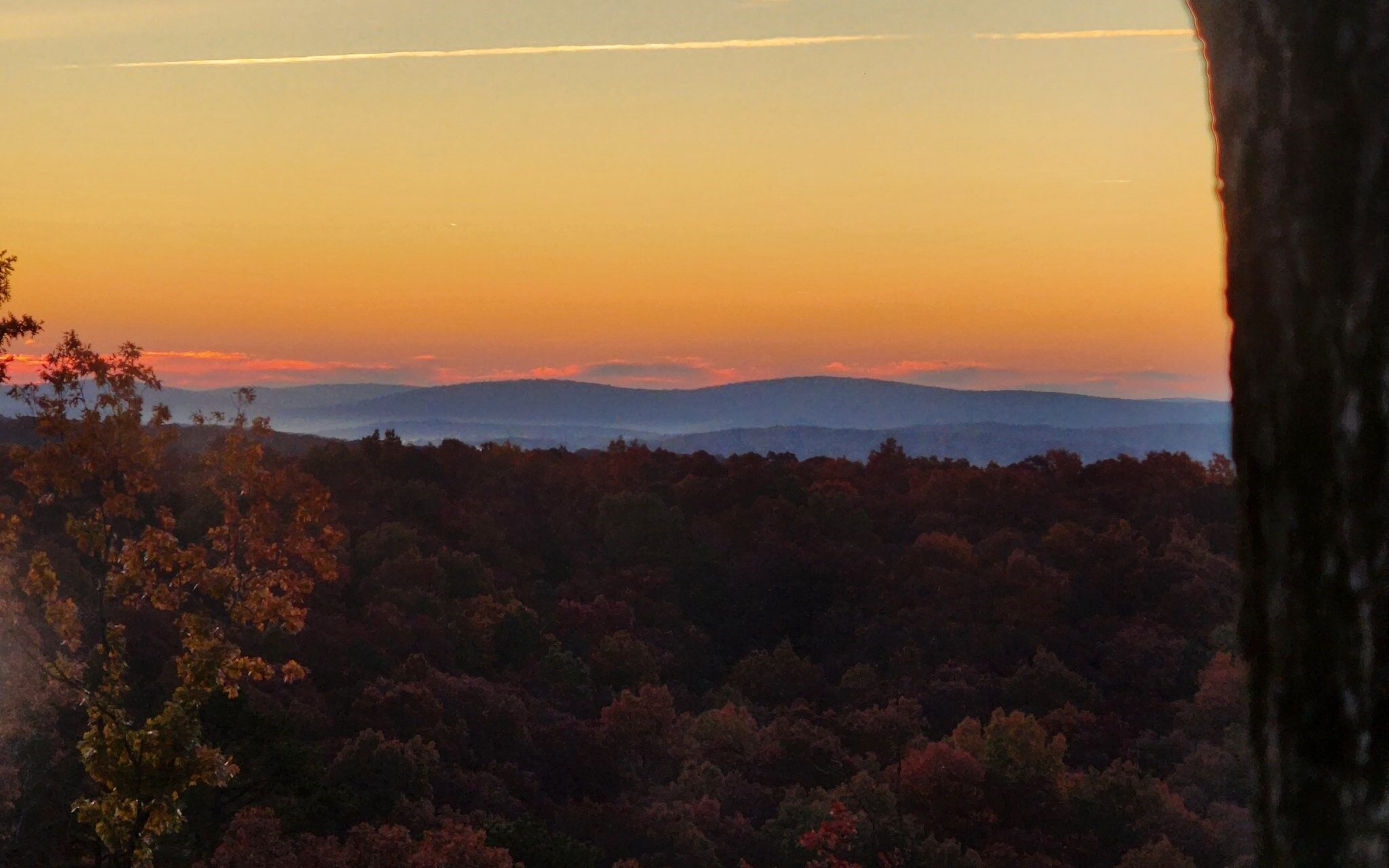
Don’t be shy about asking questions of the agent. If you’ve done your homework and selected a good, knowledgeable agent he or she will either have the answers to your questions about the property or be willing to find answers and get back to you immediately after the property visit.
Make sure that all decision makers are along for the visit. If you’re buying the property with one or more other adults they should all be on hand to view the property together. If all decision makers are not going to be able to be there for the visit let the agent know up front … there might need to be a second visit scheduled before a purchase decision can be made.
Let the agent know how many people will be along for the onsite visit, to make sure there’s adequate transportation for everyone if a 4-wheel drive or UTV is required. I have the largest side-by-side I could purchase to show properties to prospective buyers. It seats 6 adults comfortably. Clients seem to really enjoy riding in it to view properties … even if the access to the land is not difficult terrain. It’s just a comfortable and enjoyable way to view land.

Once the visit is done, let the agent know if you are ready to make an offer, would like some time to consider or discuss it with other decision makers, or simply have no interest in buying after seeing it in person. Hey, it happens. Things such as neighborhood, access and other factors can’t always be relayed in a online listing. You have to get your feet on the ground – or at least in the UTV – to get a feel of if the land is for you.
If this particular property is not for you just let the agent know. Then ask him or her to continue searching for other properties that might be of interest to you.
But if it is that property you’ve been dreaming of day and night, the next step is the “offer” process.
To learn the offer and follow up processes, read part 3 of this blog. Find Buying rural land: The first step (Part 3 of 3) here!
LOOKING FOR A GREAT PIECE OF LAND? Check out this 15 acres just outside Farmington in Southeast Missouri. Additional acreage is available as well:
https://matrix.marismatrix.com/matrix/shared/gdJx5JlM35Gd/3SimmsRd
